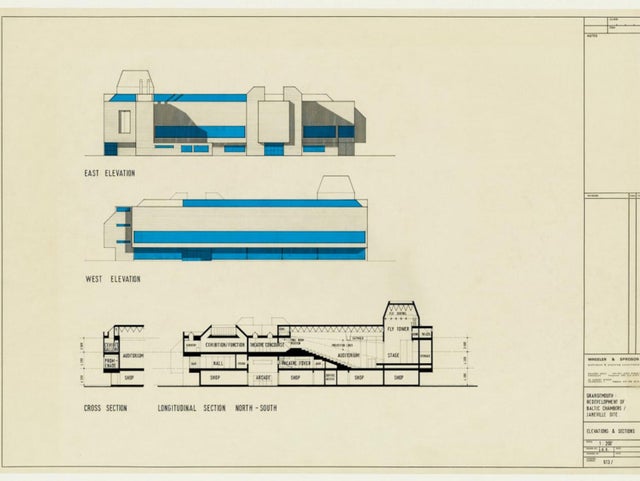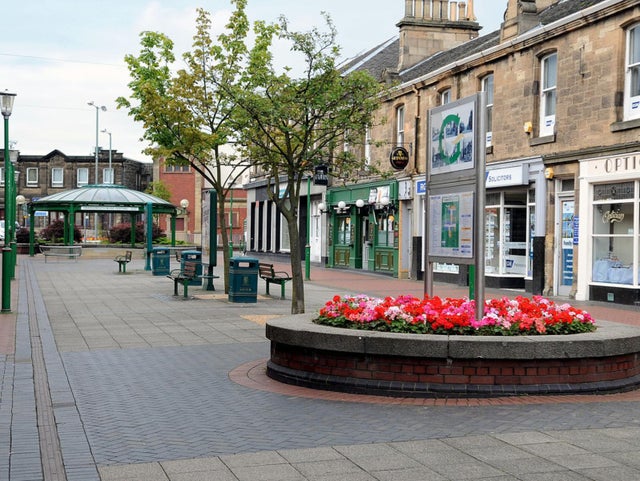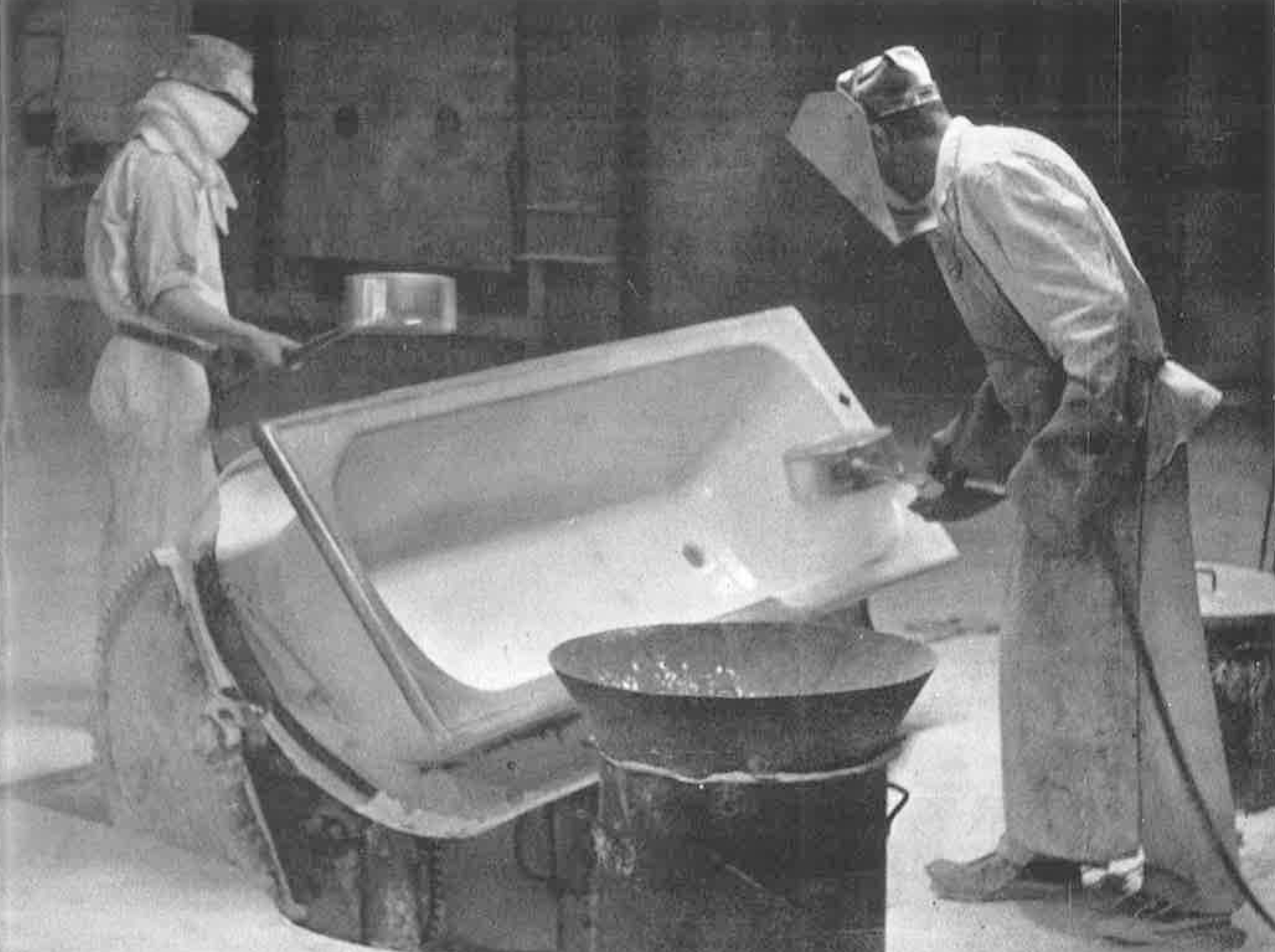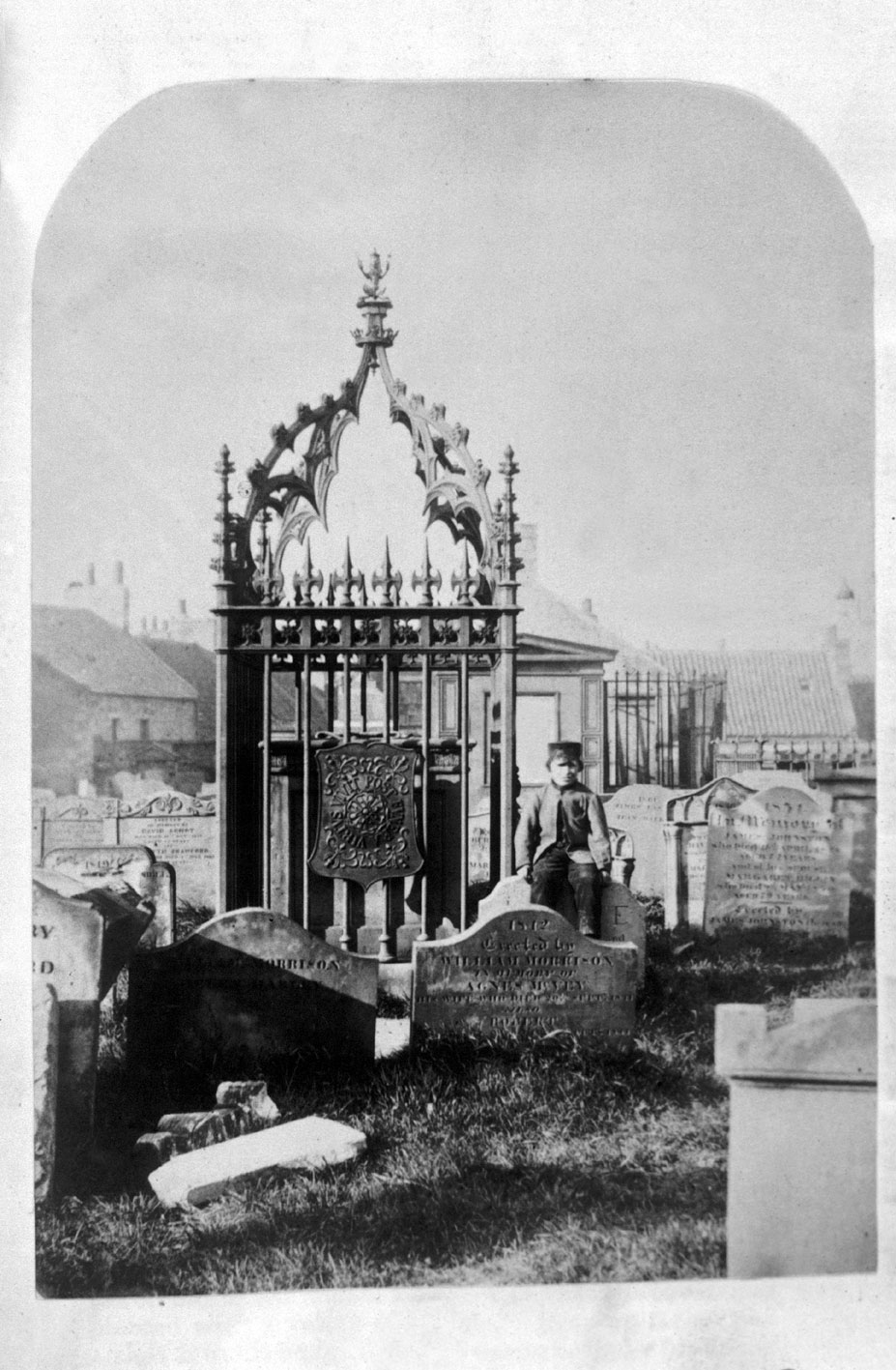Find out about how Grangemouth was shaped by different industries and what happened to the plans for the Civic Centre that was never built.
Row upon row of Victorian terraces were torn down one-by-one.
fields['text']) echo $section->fields['text']; ?>
Grangemouth has been shaped by industry for a long time, including those that have come and gone, and those that remain today. From the 18th century onwards, the town’s port and dockyard supported the shipbuilding, ropemaking, timber and grain trading industries. In the 1960s, Niamh Crimmins of Historic Environment Scotland says, “Grangemouth saw massive expansion of its petro-chemical industry and a subsequent increase in its population.” The modernised port remaining the busiest in the country.




As industries changed, so did the town. Very few of Grangemouth’s early buildings have survived, apart from some Victorian and early 20th century civic buildings, and the Empire Electric cinema. Among those that disappeared to make way for expanding industry were vast residential areas where row upon row of Victorian terraces were torn down one-by-one. Almost all of the houses in the 1948 picture you can see were demolished amid the boom of the 1960s and early 1970s to make way for extensive development and expansion, which made Grangemouth the most prosperous town in the country at the time.
Soon, the Town Council realised that the town centre facilities fell far short of what was needed for their growing community. In 1967, architects Wheeler and Sproson were commissioned to develop a master plan for the area. They came up with a vast re-imagining of the 19th century town centre that featured new housing, modern shopping facilities, and a new post office and telephone exchange. The Grangemouth town centre plans recognised that people were now shopping and living in new ways. This included parking spaces for approximately 400 vehicles as a result of the rapid rise in private car ownership in the mid-20th century. Many 19th century terraces and shops were demolished to make way for new structures. “Interestingly,” Crimmins notes, “news articles from the time report widespread support for these plans. The scheme would not have been possible without the cooperation of local residents, and commercial business owners and traders.”
As part of her research into the changing face of the town, Crimmins found plans for a Grangemouth Civic Centre that was never built.
fields['text']) echo $section->fields['text']; ?>
As part of her research into the changing face of the town, Crimmins found plans for a Grangemouth Civic Centre that was never built. She said that, “this was to be a multi-use arts centre with theatre, exhibition spaces and shop units. The proposal seems to exemplify the optimism of the time. The architects were evidently inspired by the Town Council’s desire to improve the living conditions for a growing population and designed a building that symbolised the town’s aspirations.” Local government reorganisation, the widespread strikes of the 1978-1979 Winter of Discontent, and the fast-approaching 1980s recession may have contributed to the fact that the project never materialised. It’s likely that the optimism of that previous decade had begun to fade, and perhaps the money along with it. Nonetheless, these drawings showcase a building worthy of the most prosperous town in Scotland at the time and set our imaginations alight with what could have been.
By Alison Campsie (the Scotsman).





